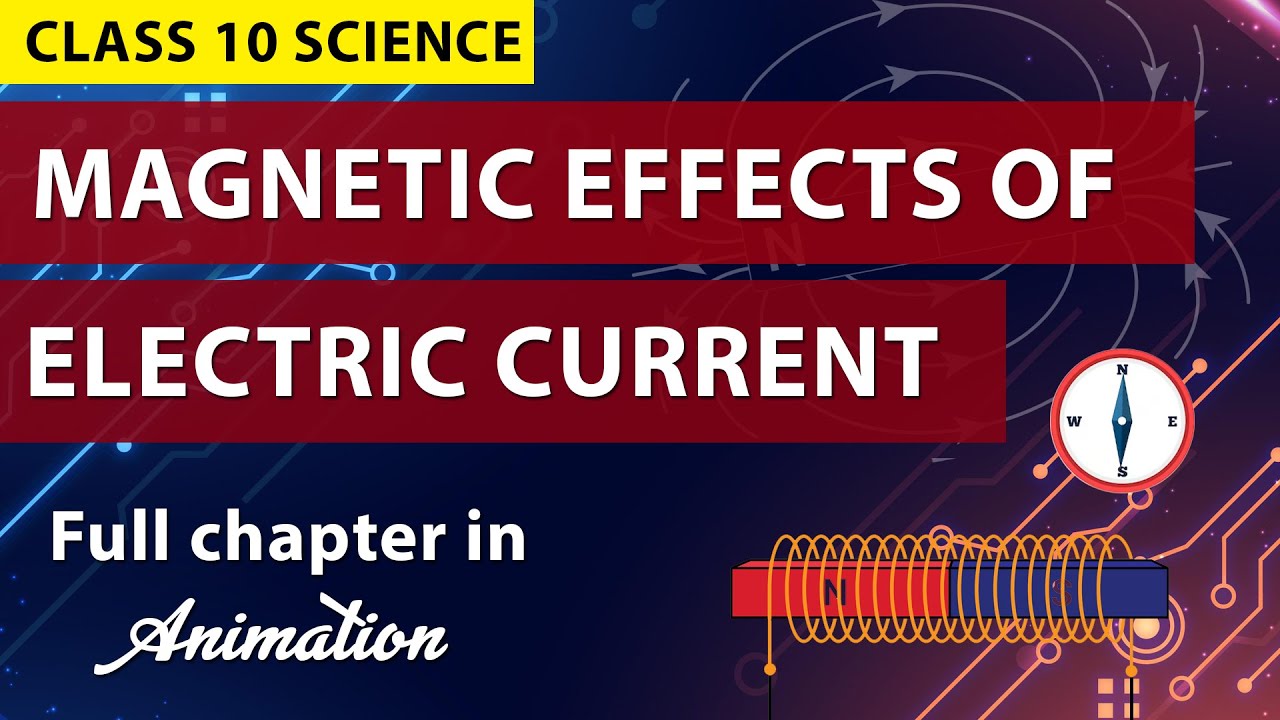AULA 1A MÁQUINAS ELÉTRICAS 1 MAGNETISMO
Summary
TLDRIn this first class on electrical machines, Professor Ricardo de Souza introduces the core topics of the course, including magnetism, electromagnetism, and their practical applications in electrical devices like transformers, motors, and circuits. The lecture covers the historical evolution of magnetism, from the use of permanent magnets in compasses to the groundbreaking work of scientists such as Ørsted, Ampère, Faraday, and Maxwell. Emphasis is placed on understanding magnetic fields, their properties, and how they influence the behavior of electrical machinery. The class also touches on the importance of magnetic shielding in protecting sensitive instruments.
Takeaways
- 😀 The course focuses on electrical machines, including magnetism, electromagnetism, transformers, electric motors, and circuits.
- 😀 Magnetism has applications in various electrical devices like generators, motors, transformers, and everyday items like phones and televisions.
- 😀 In 1820, Hans Christian Ørsted discovered that an electric current creates a magnetic field, leading to the relationship between electricity and magnetism.
- 😀 André-Marie Ampère formulated Ampère's Law, which describes the relationship between electric current and the magnetic field it produces.
- 😀 Magnetic fields are invisible but fundamental to the functioning of many electrical devices. They are represented by lines of force that indicate the field's direction and strength.
- 😀 Magnetic field lines form closed loops, and unlike electric fields, they do not have distinct starting and ending points.
- 😀 The magnetic field in a permanent magnet flows from the south pole to the north pole inside the magnet, and from the north pole to the south pole outside the magnet.
- 😀 The strength of the magnetic field is determined by the density of field lines. Stronger fields have denser lines, especially near the poles of a magnet.
- 😀 Magnetic fields interact differently with various materials. Materials like soft iron are good conductors of magnetic fields, while non-magnetic materials like glass or air have minimal impact.
- 😀 Materials like soft iron are used in magnetic shielding to protect sensitive electrical instruments from external magnetic fields, such as in voltmeters and multimeters.
Q & A
What is the main focus of the course introduced in the transcript?
-The main focus of the course is on electric machines, covering topics like magnetism, electromagnetism, magnetic circuits, transformers, and the study of different types of electric motors, including DC motors, induction motors, servo motors, and stepper motors.
What are the key textbooks mentioned in the course bibliography?
-The key textbooks are 'Máquinas Elétricas' by Geraldo Carvalho (2008), 'Máquinas Elétricas e Transformadores' by Link Sol (15th edition), 'Eletromagnetismo' by Edminister (McGraw-Hill, 2nd edition), and works by Del Fabbro and Boi da Cidade Vermelho.
Who first discovered the relationship between electricity and magnetism, and how was this discovery made?
-Hans Christian Ørsted first discovered the relationship between electricity and magnetism in 1820. He observed that a compass needle deflected when placed near a current-carrying wire, showing the connection between electric current and magnetic fields.
What is the significance of André-Marie Ampère's work in electromagnetism?
-André-Marie Ampère formulated Ampère's Law, which describes how electric currents create magnetic fields. His law is fundamental to understanding the interaction between electricity and magnetism.
How do permanent magnets work, and what materials are typically used to make them?
-Permanent magnets work by retaining their magnetic properties without requiring an external energy source. They are typically made from materials like steel and iron, which can remain magnetized for extended periods.
What is magnetic flux, and how is it represented?
-Magnetic flux (Φ) is the measure of the strength and direction of a magnetic field. It is represented by lines of magnetic force, which are invisible but can be visualized using iron filings or small metallic objects.
What happens to magnetic field lines when you break a magnet?
-When a magnet is broken, each piece becomes a new magnet with its own north and south poles. This is due to the continuity of the magnetic field lines, which always form closed loops.
How do materials like soft iron affect magnetic fields?
-Materials like soft iron are excellent conductors of magnetic fields. They allow magnetic field lines to pass through them more easily than through non-magnetic materials like glass or air, which minimally affect the field.
What is the behavior of magnetic fields when like and opposite poles are brought together?
-Like poles (north-north or south-south) repel each other, while opposite poles (north-south) attract each other. This is the basic principle of magnetic interaction.
Why is magnetic shielding used in electrical instruments, and how is it achieved?
-Magnetic shielding is used to protect sensitive electrical instruments from external magnetic fields. It is achieved using materials like soft iron, which conduct magnetic fields and redirect them away from the protected equipment.
Outlines

هذا القسم متوفر فقط للمشتركين. يرجى الترقية للوصول إلى هذه الميزة.
قم بالترقية الآنMindmap

هذا القسم متوفر فقط للمشتركين. يرجى الترقية للوصول إلى هذه الميزة.
قم بالترقية الآنKeywords

هذا القسم متوفر فقط للمشتركين. يرجى الترقية للوصول إلى هذه الميزة.
قم بالترقية الآنHighlights

هذا القسم متوفر فقط للمشتركين. يرجى الترقية للوصول إلى هذه الميزة.
قم بالترقية الآنTranscripts

هذا القسم متوفر فقط للمشتركين. يرجى الترقية للوصول إلى هذه الميزة.
قم بالترقية الآنتصفح المزيد من مقاطع الفيديو ذات الصلة

Electrical Machines - II

ELECTROMAGNETISM-TAGLISH

Medan Elektromagnetik | 00 Intro

Magnetic effect of electric current in one shot (Animation) | CLASS 10 CBSE boards | NCERT Science

Electrician interview questions and answers, Electrical interview basic & beginners, Electrical test

Electrical Machine 1 | Introduction | B.Tech 2nd Year | Abdul Kalam Technical University | AKTutor
5.0 / 5 (0 votes)
